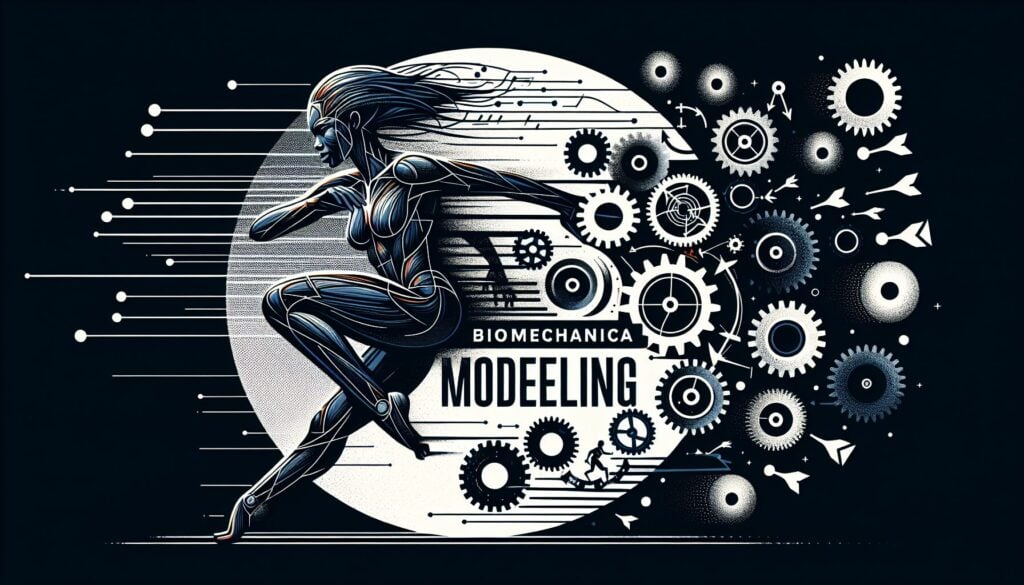L'uso di principi meccanici (fisica, ingegneria) per analizzare le forze e le sollecitazioni che agiscono sul corpo umano e al suo interno durante le attività fisiche.
- Metodologie: Clienti e marketing, Ideazione, Progettazione del prodotto
Modellazione biomeccanica

Modellazione biomeccanica
- Progettazione per la sostenibilità, Ergonomia, Fattori umani, Industria meccanica, Gestione del rischio, Simulazione, Corrosione da stress
Obiettivo:
Come si usa:
- I modelli informatici o le equazioni matematiche sono utilizzati per simulare il movimento umano e calcolare le forze interne (ad esempio, sulle articolazioni, sulla colonna vertebrale) durante attività come il sollevamento, la spinta o il trasporto.
Professionisti
- Permette di stimare quantitativamente i carichi biomeccanici interni che non possono essere misurati direttamente; aiuta a comprendere i meccanismi di lesione e a valutare l'efficacia degli interventi ergonomici; può analizzare movimenti complessi.
Contro
- I modelli sono semplificazioni del complesso corpo umano e richiedono ipotesi; l'accuratezza dipende dalla qualità dei dati di input e dalla validità del modello; possono essere complessi e richiedono software specializzato e competenze.
Categorie:
- Ingegneria, Ergonomia
Ideale per:
- Analizzare le forze meccaniche e le sollecitazioni sul corpo umano durante le attività lavorative per valutare il rischio di lesioni e ottimizzare la progettazione.
Biomechanical modeling encompasses a range of applications across various sectors, including healthcare, sports science, and industrial ergonomics, where understanding human movement and forces is paramount. In healthcare, this methodology assists in designing rehabilitation programs by simulating patient movements to tailor interventions appropriately, thereby enhancing recovery outcomes. In sports science, teams leverage biomechanical models to optimize athletic performance, allowing coaches to analyze athletes’ techniques for improved efficiency and reduced injury risk during training and competition. Industrial ergonomics employs this approach during the product design phase, particularly in the development of tools, furniture, or workflows that mitigate physical stress on workers. Participants in these projects typically include biomechanical engineers, ergonomists, health and safety professionals, and product designers, working collaboratively to ensure designs meet ergonomic standards while addressing user needs. This modeling can also be particularly beneficial during early concept evaluations, allowing for rapid iterations and refinements based on simulated feedback, and is often used alongside experimental methods to validate findings through real-world testing.
Fasi chiave di questa metodologia
- Define the biomechanical problem and task scenario, including motion parameters and loading conditions.
- Develop a detailed geometric model of the human anatomical structures involved, such as bones, muscles, and joints.
- Specify material properties for the anatomical components based on literature values or experimental data.
- Select an appropriate biomechanical modeling software or mathematical framework for simulation.
- Create or input the kinematic data and boundary conditions relevant to the task being analyzed.
- Set up the dynamic or quasi-static analysis, determining the necessary parameters for simulation.
- Run the simulation to compute internal forces, moments, and stresses in the anatomical structures.
- Validate the model by comparing simulation results with available empirical data or observed outcomes.
- Interpret results to identify potential injury risks and evaluate the impact of different task designs or ergonomics.
- Iterate on the design or task parameters based on findings to optimize for safety and efficiency.
Suggerimenti per i professionisti
- Utilize advanced finite element analysis (FEA) to model soft tissue interactions and provide a more comprehensive understanding of force distributions in various tissues during dynamic movements.
- Incorporate real-time motion capture data to refine your computational models for accuracy, allowing for better validation and predictive capabilities regarding individual variability in movement patterns.
- Implement sensitivity analysis within your models to identify which parameters most significantly influence biomechanical outcomes, guiding the focus of ergonomic interventions and design modifications.
Leggere e confrontare diverse metodologie, raccomandiamo il
> Ampio archivio di metodologie <
insieme ad altre 400 metodologie.
I vostri commenti su questa metodologia o ulteriori informazioni sono benvenuti su sezione commenti qui sotto ↓ , così come tutte le idee o i link relativi all'ingegneria.
Contesto storico
1687
1750
1788
1800
1800
1800
1810
1687
1738
1757
1788
1800
1800
1800
1820
(se la data non è nota o non è rilevante, ad esempio "meccanica dei fluidi", viene fornita una stima approssimativa della sua notevole comparsa)















Post correlati
Questionari sul disagio muscoloscheletrico
Test multivariati (MVT)
Analisi di regressione multipla
Sistemi di cattura del movimento
Metodo MoSCoW
Test mediano dell'umore